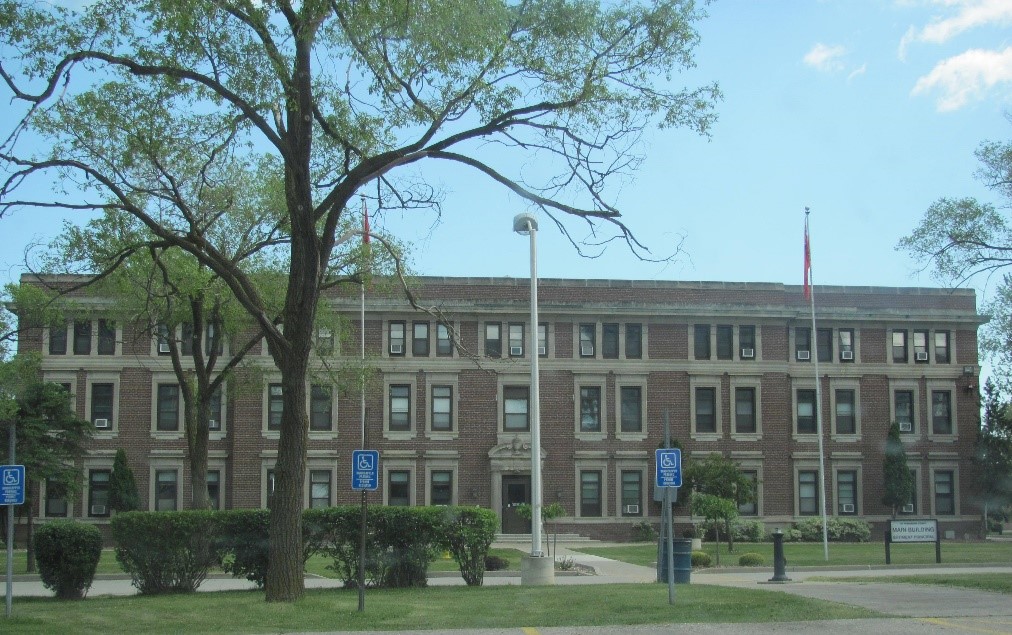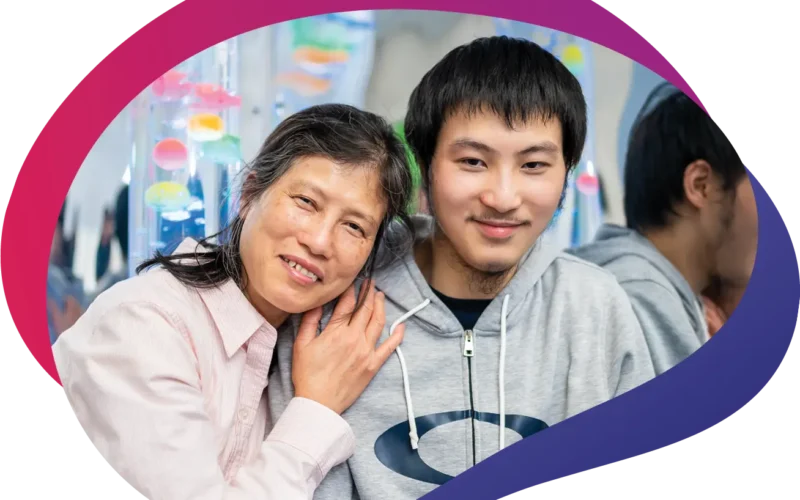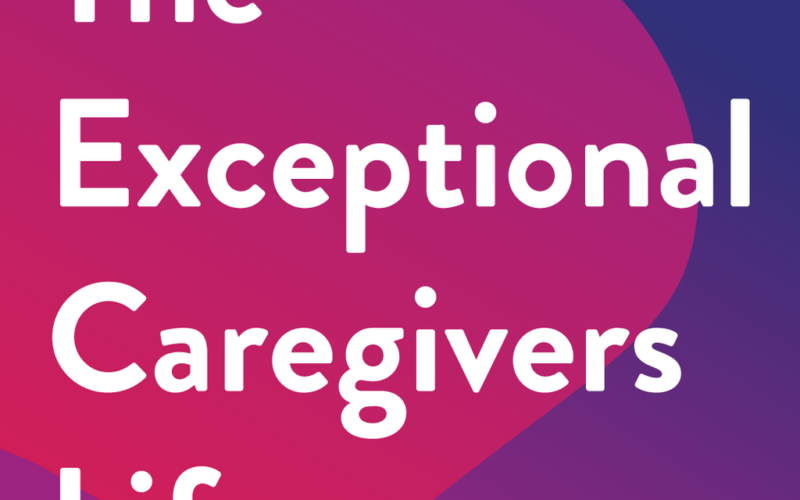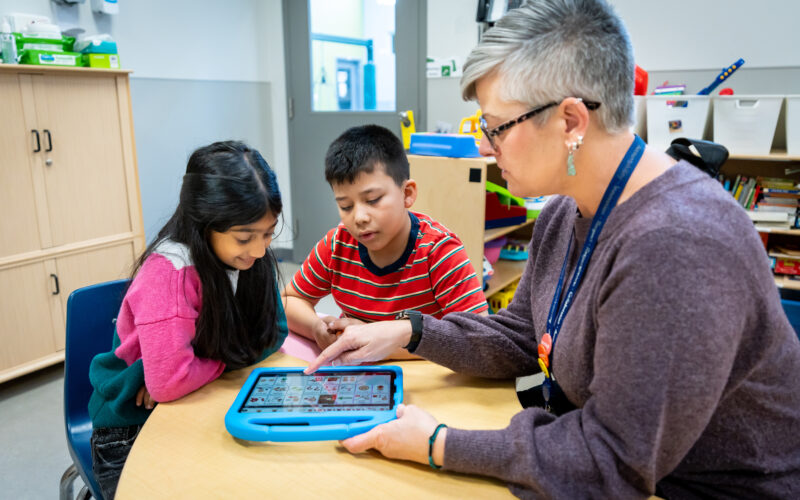By: Raimond Di Donato, Family Support Coach, TRE-ADD Program
How familiar are you with the TRE-ADD program (Treatment, Research & Education for Autism and Developmental Disorders) at Surrey Place? Did you know that it includes a comprehensive school-based day treatment program designed to support children/youth with autism and related developmental disorders who have multiple and complex needs that have put their current educational placement at risk? The TRE-ADD school-based service is part of the Education and Community Partnership program within the Ministry of Education. The goal of the TRE-ADD school-based program is to help school-aged children be successful in a less intensive programmed educational setting, and since 2013, Surrey Place has successfully supported nearly 100 complex students with severe challenging behaviours!
So, you might be wondering – how do we achieve this? It all starts with an interprofessional team made of behavioural staff, medical staff, family support staff, educational staff, and other professionals. Together, our team develops an individualized and comprehensive treatment with a focus on applied behavioural analysis.
But before TRE-ADD became part of Surrey Place, TRE-ADD had a long-standing history. In fact, it was one of many programs under Thistletown Regional Center’s banner. Follow along as we take you back in time to its origins!
1928 – The “Palace of Sunshine”

Thistletown Regional Centre opened in October 1928 as a branch of the Hospital for Sick Children and was affectionately described as the “Palace of Sunshine.” The hospital was designed for children who needed therapy or long-term rehabilitation from the recovery of rheumatic fever, polio, or major surgery.
In 1957, the Ontario government purchased the property and turned it into the first residential mental health centre for children. At that time, staff didn’t receive a lot of formal training but learned as they worked with children with various disabilities, such as schizophrenia, brain injuries and developmental delays. After a learning period, the era of effective treatment began. In 1972, many children were moved from the hospital to homes constructed on the property so that they could live in a family-style group setting.
1982 – The Beginnings of TRE-ADD
In 1982, the TRE-ADD program was officially named, with three core components: school-based classrooms, residential homes, and a respite home with a crisis bed and community support.
School-Based Program
The TRE-ADD program had six classrooms across Peel, Etobicoke and North York, and the classrooms were in community schools just as they are today, though many of the school locations changed over the years.
Residential Program
The residential program had three homes located on safe and serene grounds, which were initially designed to provide a home and community setting for children with disabilities. When the TRE-ADD program began in the early ’80s, the clients living in the homes predominately had a diagnosis of autism or developmental disability, and many of the children lived in these homes well into their adult ages until the closure of Thistletown Regional Centre in 2013.
Respite Home
The TRE-ADD program also had a respite home that offered services to day treatment students where they enjoyed activities like arts and crafts, games, music, walks on the grounds, the use of the gym, pool and sensory room. On weekends or during holiday breaks, many clients would also spend the day out in the community with staff going to the Toronto Zoo, the beach, skating in public rinks, Pioneer Village, Wild Water Kingdom, local farms, and more!
2013- Present – TRE-ADD at Surrey Place
In 2012, the Ontario government announced the closure of Thistletown Regional Center, which proved to be a challenging and uncertain time for families who came to depend on the one-stop source. When the announcement came that TRE-ADD would become the newest addition to Surrey Place in 2013, there was much relief to families and staff.
Although TRE-ADD has gone through a period of adjustment under a new banner, it continues to shine as a beacon of hope for many families, and our goal has remained the same: “Change a client’s behaviour for the better so that their quality of life improves.” The staff and leadership resolve to keep us moving forward with helping the families who need it, and in the end, that is what truly matters.
To learn more about all TRE-ADD services, visit our website.


